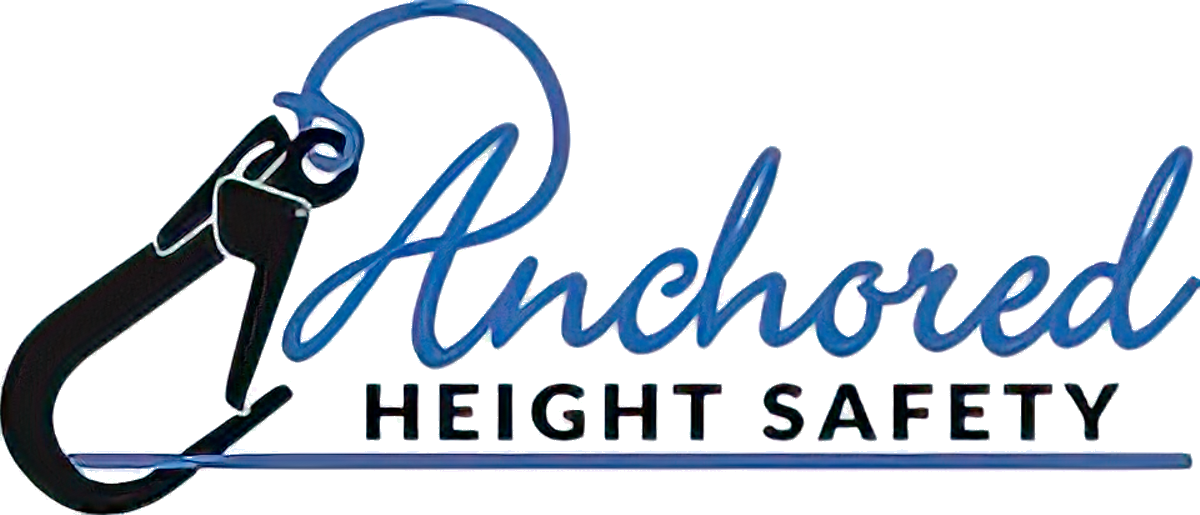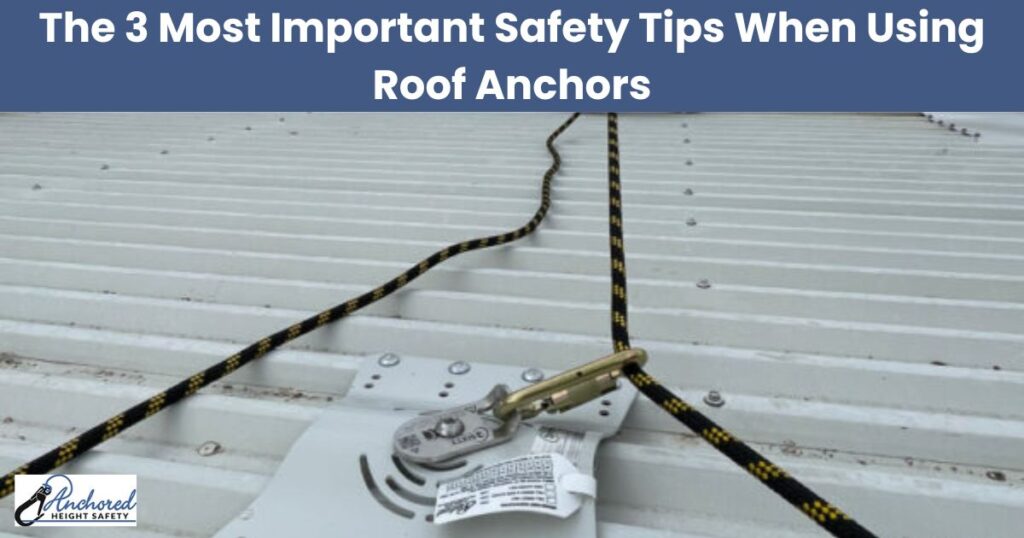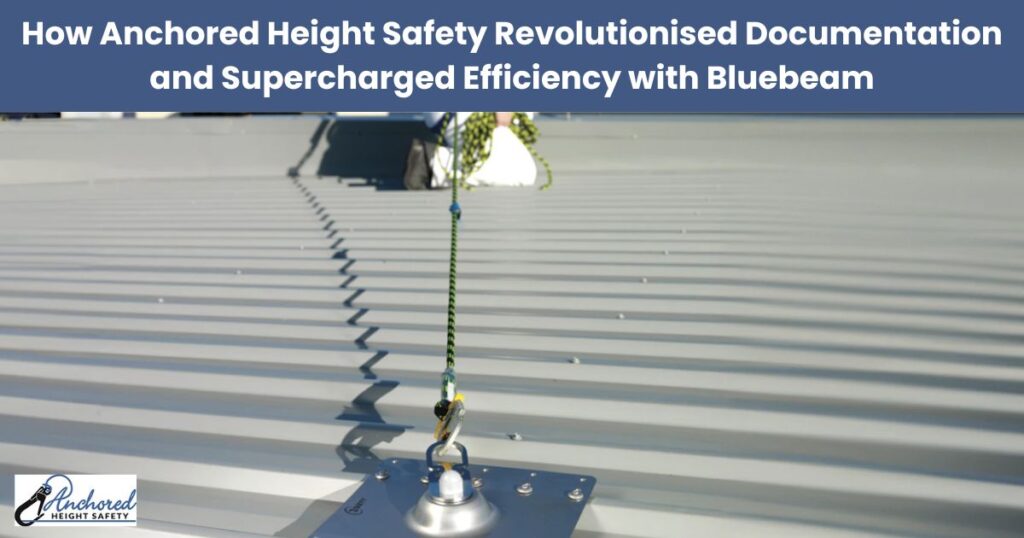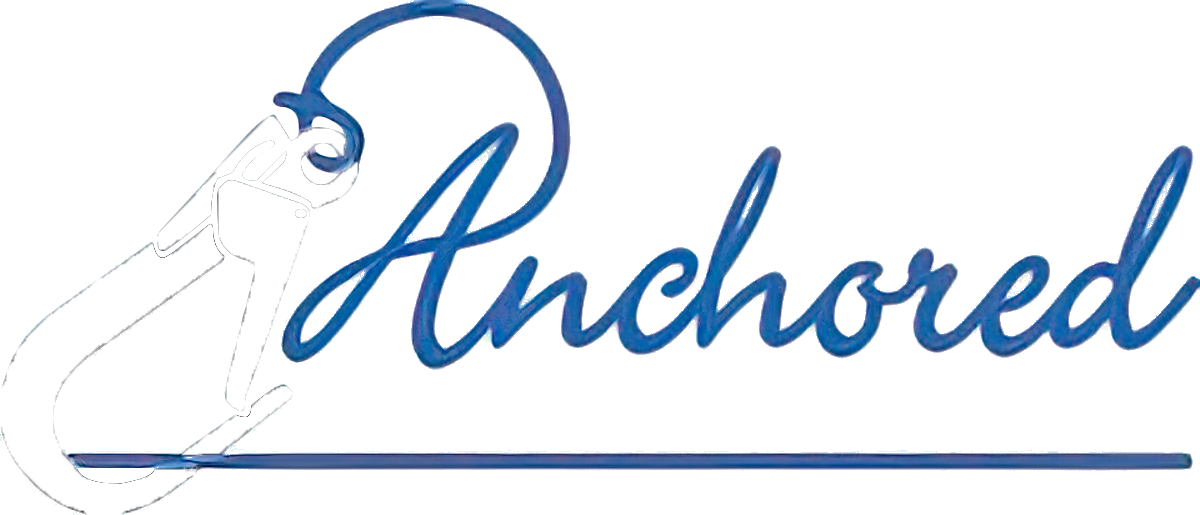If your business deals with working on a roof such as servicing air conditioners, gutters, or roof maintenance (or other roof related work), you know the dangers that go hand in hand with this type of work. You’re dealing with heights which, if there’s a fall, could easily lead to serious injuries or even death. You and your employees need to operate in a safe working environment.
Roof anchor points are one such product that is a critical piece of the working safely at heights puzzle. As a business owner, it a responsibility to have such points as part of your inventory. Did you know roof anchor point installation has to be carried out by certified installers? Consider what would happen if you don’t use roof anchor points, get them safely installed or get them annually checked as per the Australian Standards and manufacturer’s guidelines.
Many countries, Australia included, have stringent legislation in place for all industries. You could be held liable should any employee fall and suffer an injury, or worse, a death. If investigations reveal inadequate roof anchor points were used or were missing altogether, you may be considered criminally negligent and have to face the harsh consequences of the law.
There’s no doubt about it: roof anchor points are a necessity if you’re working at height.
Some Facts You Should Know When Using Roof Anchor Points
What Types Of Anchor Points Are There?
Roof anchor points are part of the fall/height personal protection equipment which also include harnesses, static lines and lanyards. Anchor points are used in two system configurations:
Rope access Anchor Points: This system is designed to make it easier and safer for workers to descend & ascend. Workers can use the Rope Access system to access a façade or clean windows while in a harness, knowing the anchor points are enabling their access.
Fall arrest Anchor Points: Roof anchor points provide an attachment point as part of the fall arrest system to lessen the impact in case a worker “free-fall”. Their fall will be arrested mid-air, significantly reducing any severe injuries.
Roof Anchor Point Installation
The right people must be selected to install your roof anchor points. Certified roof anchor point installers are trained to analyse the condition of the roof and determine the appropriate height safety equipment for installation. They’ll review the working environment’s proposed use. Based on their findings, they’ll develop the right roof anchor system for your project. Part of their requirements for keeping their certification status is to be up to date with the latest developments in the industry.
Anchored Height Safety can provide you with all your roof anchor testing and safety requirements. By using the right company for your roof anchor system installation, you can rest assured your employees’ safety will not be compromised.
Anchor Testing And Certification
Regulations don’t just apply to installation. The anchor points must be manufactured to the relevant local standards of your industry. Anchored Height Safety uses reputable suppliers such as Sayfa and 3M, who manufacture their anchor points in compliance with AS5532.
High strength stainless steel is the preferred material to ensure high quality and resilience in the harsh external environment. Eyelet rotation flexibility and its energy-absorbing features are some of the options that can be included in anchor point selection. Factors such as the fall arrest rating and plate size all need to be considered when testing for safety.
As roof anchors are part of your height safety system, they need to be tested and inspected annually for safety. It’s mandatory in Australia to carry out roof anchor testing to ensure they continue to meet the necessary Australian safety standards and workplace requirements.
How To Use Roof Anchor Points Effectively
With any job entailing roof access for maintenance or repairs, you want to use equipment that’s safe and easy to use. Your worker wants to get on with the job without worrying about complications when using anchor points.
In addition to making sure your equipment is in the best condition, ensure that your workers are fully trained in all height safety protocols and knowledgeable with all safety equipment, including roof anchors. If your workers know how to use the equipment correctly, this will keep your equipment in good condition, and they will also be able to flag any issues they may notice with the installation.
Final Thoughts
Owning a business with employees working at heights necessitates the right equipment and tools. A responsible business owner should know the regulations of this industry. The health and safety of their employees is the number one priority. By bringing in the experts, you can rest assured you’re fully covered when it comes to the standard of your height safety systems and safety of your staff.
We can safely say, roof anchor points and their correct installation are our focus. Call on the professionals and get the right advice for your roof access requirements. Contact Anchored Height Safety’s experts on (03) 9555 3586 today. We’ll advise you on your height safety inspection requirements to keep your team safe.





